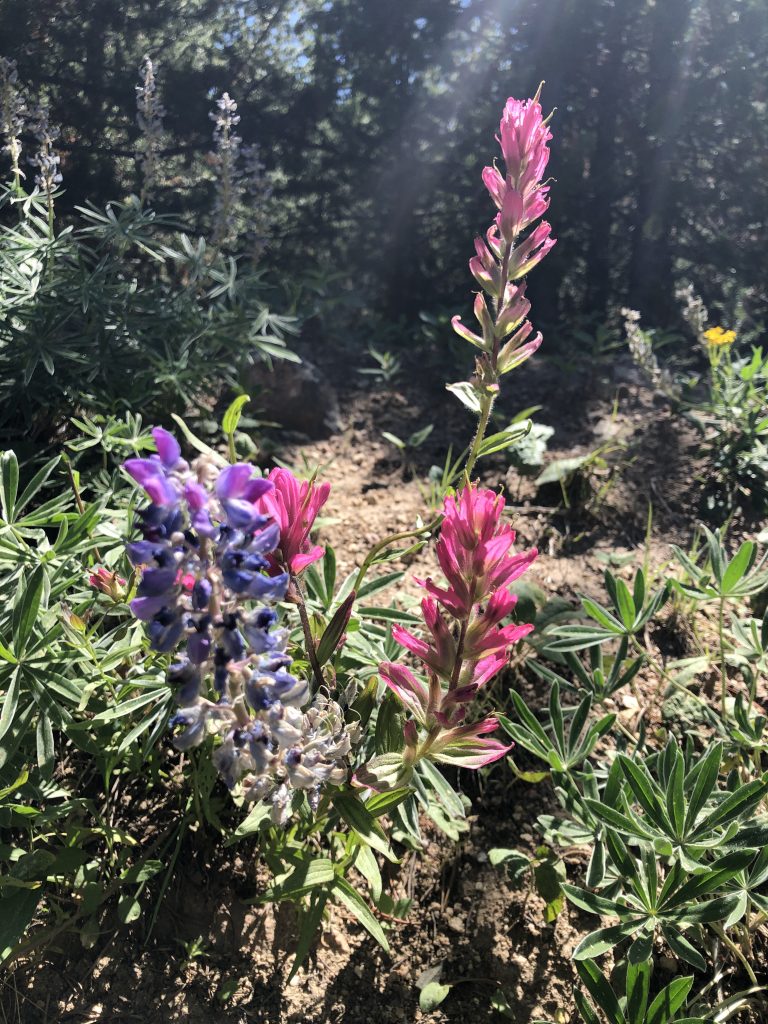…when you go where cell phones just don’t work
As we’ve mentioned in several earlier posts, we like to take our travel adventures off the grid. And while that means no hot running water or electricity, it also means no cell phone coverage. What a relief, right? Face-to-face communication with real people, turning off torrents of bits and bytes, texts, tweets, emails and the never ending news cycle. But no cell phone also means not being able to call for help should the need arise. And let’s face it, when you are in the backcountry, having adventures doing new things, your chances of needing help might go up a bit. Some misadventures require more help than a good tool kit or first aid kit can provide. So along with that good toolkit and well stocked first aid kit, we highly recommend that you and your friends and family invest the time and energy into becoming ham radio operators.
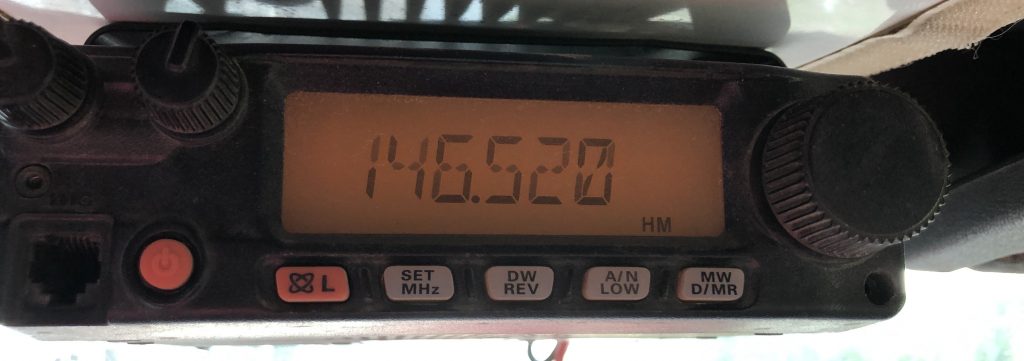
Yes, really.
It’s not just for Smokey and the Bandit or 1970’s truckers running in a convoy – we’ve found ham radios to be a really great way to stay in contact with everyone in our camping party while tooling around in the mountains, and it has seriously saved our bacon a time or two, to be sure.
We had been thinking about getting into the ham radio thing for a while, but hadn’t quite gotten around to it. We knew it would be a good idea, but heck, life is busy! And then on one trip, John went down the mountain in our blue Jeep Liberty to get ice, planning to be back in camp by dinner time. He didn’t come back that night.
Much to everyone’s relief, he did return to camp the next day, driving a red Jeep Wrangler! Turns out he broke an axle on the Liberty and had to be towed to the nearest dealer. He was fine, but the vehicle was totaled. He spent the night in a hotel while everyone back at camp was wondering what happened. Having a ham radio at that point would have been really handy and would have saved a lot of worry.
Luckily for John, he was far enough down the mountain when the axle broke that he had some cell coverage and could call a wrecker. He didn’t have to walk for miles to get help. But it got us all thinking. The time had come. The next summer, each family had a ham radio in their vehicle and at least one licensed operator. I have to say, it changed our world.
So what’s all involved in becoming a ham radio operator? Do you have to get licensed? Do you have to take a test? What kind of equipment do you need? How much does it cost? All good questions, and we’ll try to answer them all here.
Getting Licensed
Yes, you do need to get licensed, and yes, it requires taking a test. BUT…. there are tons of materials, web sites, apps, and practice tests available for you to help make test day a piece of cake. Local clubs often offer classes too. Our family might have got a little competitive about our test scores … Anyway, we highly recommend using one of the free phone apps to take practice tests. Once you are regularly passing the practice tests, find a local club and sign up to take the test. When we took the test a few years back, the fee was $15. You can check the ARRL site to find current rate information.
Once you’ve passed the exam, you will get a certificate and call sign in the mail. You are on your way! Helpful hint: John made laminated cards for each of us with everyone’s call signs on them.
Ham Radio Equipment
As with any technology, you will have many choices of equipment. In our case, each family bought a car mounted ham radio. (New models start around $250 as I write this), and we also bought some hand-held radios (starting at about $100) to use in camp.
Was it Worth It? Heck yeah!
John and our nephew Cole were driving back to camp after a day of fishing off the mountain. It was a really dry year, and they saw smoke and fire trucks at the bottom of the canyon.
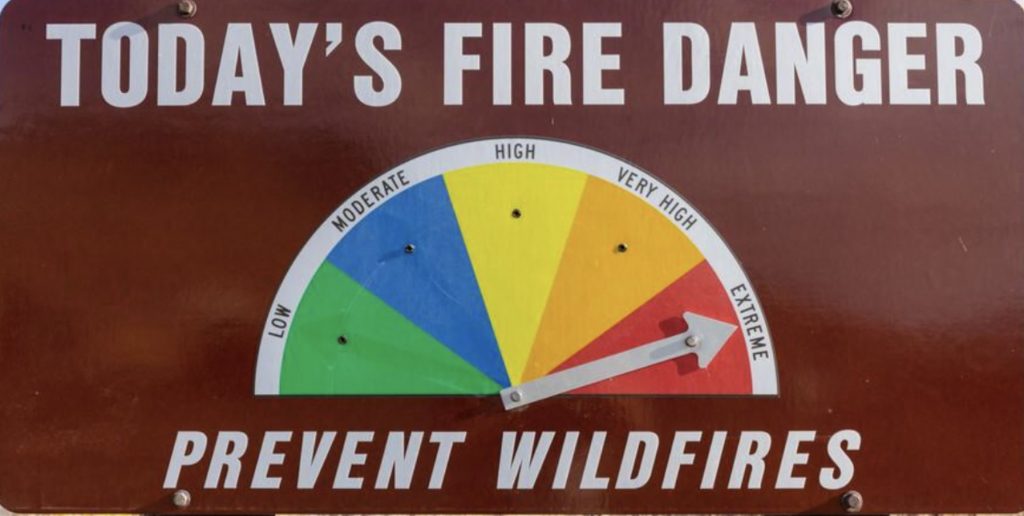
The fire was racing up the canyon – right towards our camp! John immediately got on the radio and called his brother back at camp to let him know a fire was headed that way – time to evacuate! By the time John drove up the canyon to our road, the road was closed and there was no going back in there. But thanks to the ham radios, everyone got out safely.
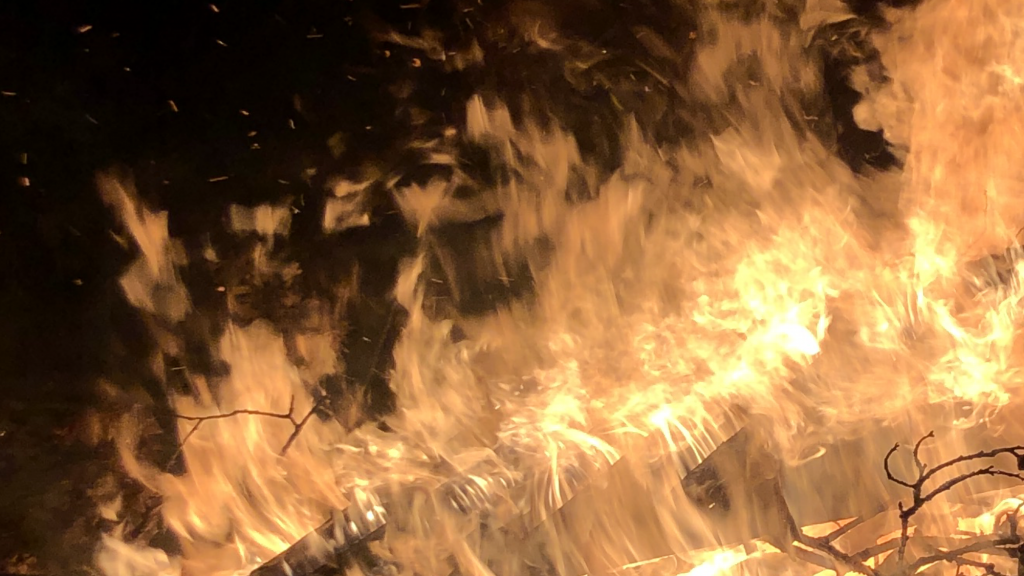
In 2019, on day 1 of the trip, after a lovely nap on a rainy afternoon, I was walking down a mild slope on my way to the camp potty. I slipped on some loose rock and fell, somehow managing to break my right ankle in three places.
My ankle was severely dislocated, and the pulse in my ankle was very weak. It was 7:00 in the evening, we were miles away from anything, and there was definitely no cell phone service. Thank God for John and the ham radios. John got me some ibuprofen and used a sleeping pad to splint my ankle – then he got busy on the ham radio to call for help.
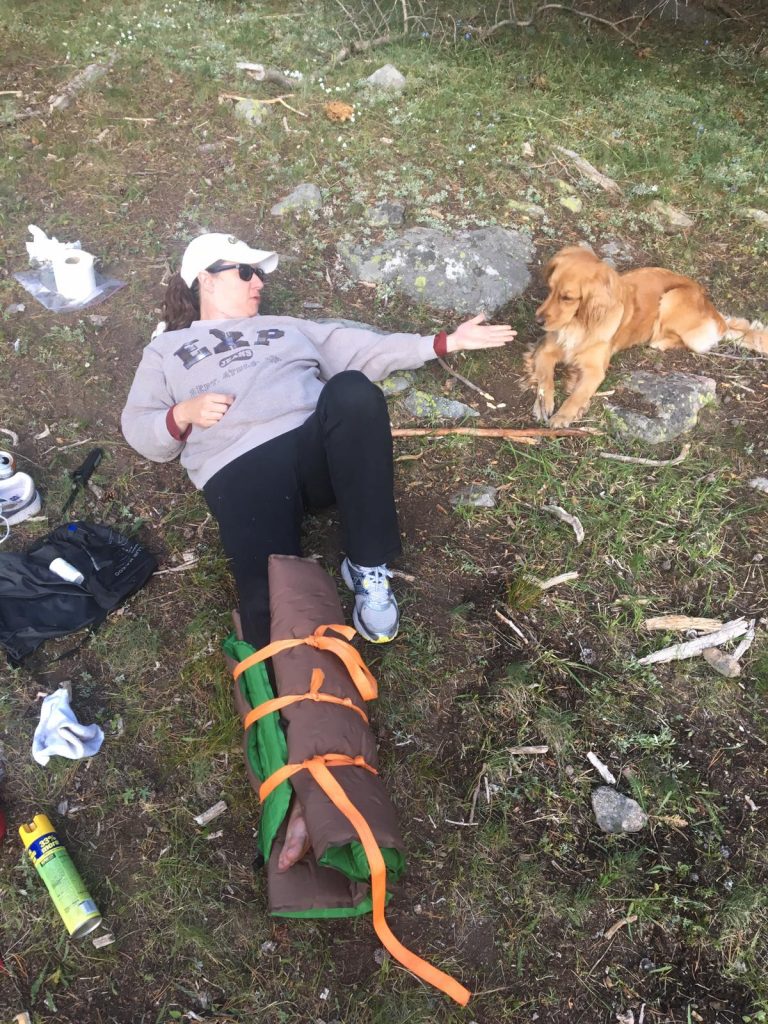
And did we ever get help! The local Search and Rescue team, National Forest Service rangers and local paramedics all swung into action to help get me off the mountain and into the capable hands of an orthopedic surgeon as quickly and comfortably as possible. Even the ham radio operator who took the call came up the mountain with his son to help us. I was very happy to learn the Search and Rescue team had an ATV with a special trailer and super suspension. They also had a transfer board they used to carry me up the hill to camp. They re-splinted the ankle, wrapped me in a sleeping bag, and took a slow ride down the 4WD only track in full dark, under an amazing blanket of stars. We got to the ambulance at midnight. I don’t even want to think what that night would have been like without help, how much longer it would have taken us to get me off the mountain, and what kind of shape my foot would have been in by then. Using our ham radios, we tested rural Wyoming’s emergency response system, and it passed with flying colors!
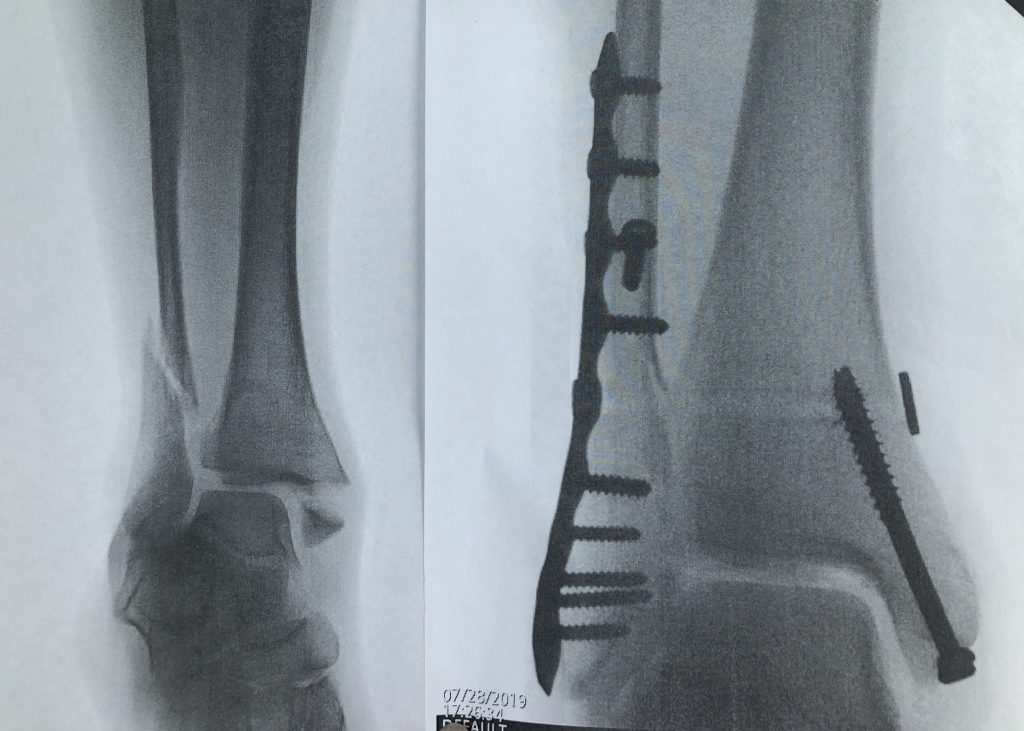
Cool New Hardware
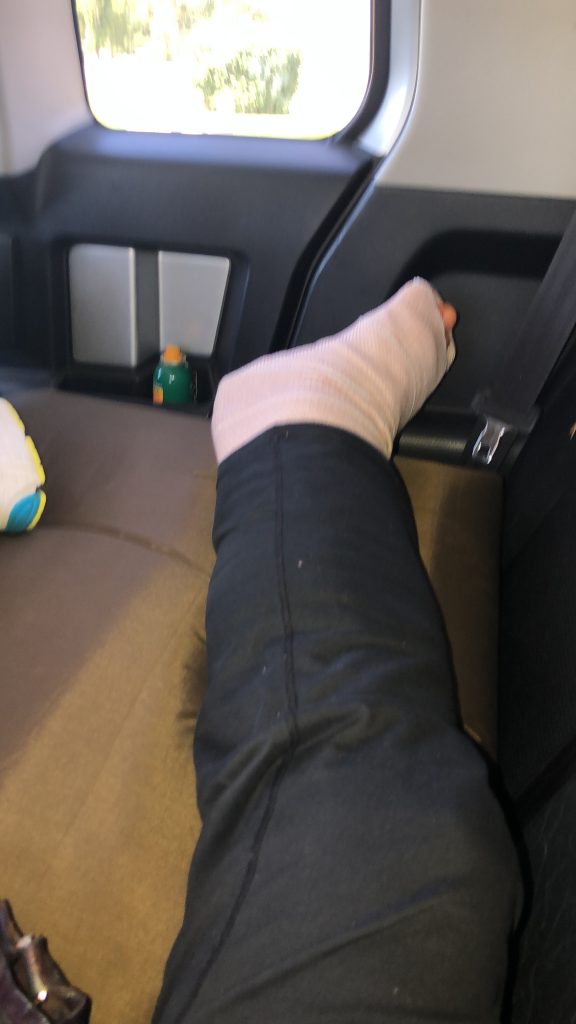
Cruising back up the mountain in Jeff & Laurie’s FJ Cruiser
